Getting Started with Pet Safe Gardening
Introduction
As loving pet owners, we do everything we can to keep our pets out of harms way. We take the time to buy the best foods, the best toys and proof our homes to keep our loving dogs and cats safe and happy. But even our beautiful landscapes and pretty cut flowers can be harmful to our loving furry family. That is why it is important to understand which plants are best for pet safe gardening and which ones to avoid. There are precautions you can take at home to effectively achieve pet safe gardening.
In this article, I will be discussing the common indoor and outdoor toxic plants, symptoms of plant poisoning in your pets, creating a safe plant environment and pet safe gardening. It is important to keep in mind that this is only for educational purposes. If you believe your pet has ingested a toxic plant, consult your veterinarian on next steps to take.
What is Pet Safe Gardening?
Let’s talk about what pet safe gardening is. Pet safe gardening is understanding and identifying plants that are toxic to your dogs and cats and what effects they may have. It is important to be able to identify the toxic and non toxic plants and do your research if you have pets and are looking to purchase different plants. I will be going into some common plants that are toxic to plants, where to go to identify plants that are pet safe and those that are toxic and I will be discussing different ways to keep your pets safe while enjoying the wonderful world of gardening.

Common Indoor Toxic Plants
So, lets get into it. It is first important to be able to recognize those commonly used, but toxic plants to be able to ensure pet safe gardening. Each plant has their own toxicity level from being life threatening to causing gastrointestinal upset. I am dividing the plants into indoor and outdoor plants as they are most commonly seen but each plant is not only seen in the location that I am discussing.
For those of you that have cats that do not know they are carnivores (my cat) and eat all of your plants regardless if they are toxic or not, there are cat friendly plants like cat grass or cat nip that you may consider keeping in your house for them to chew on. Just note, you may not have a plant for very long. I got some cat grass for my cat once and it was gone within the hour. He is a literal lawn mower. Below are some of the commonly seen indoor plants that are toxic to your cats and dogs. You can reference more toxic plants here.
TULIPS
Tulips are exquisite flowers known for their vibrant colors and bulb like shape. They are perennial flowers that typically bloom in the spring adding some color to your home if cut and put into a vase or in your outdoor landscaping.
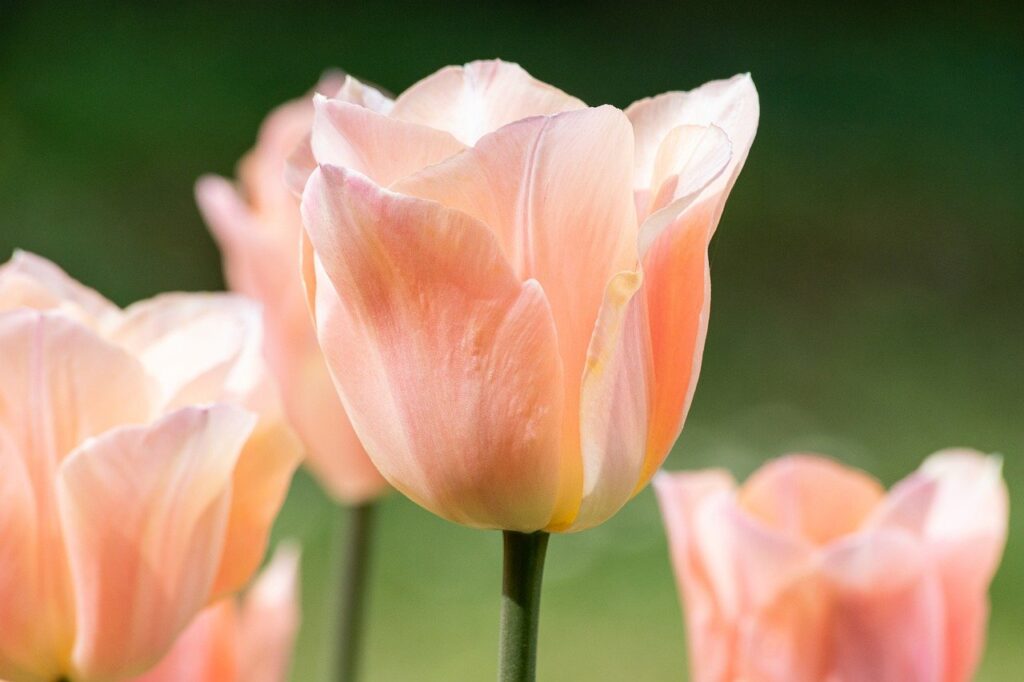
TULIPS
Scientific Name: Tulipa Spp.
Toxicity: Toxic to Dogs and Cats
Clinical Signs: Vomiting, Diarrhea, Depression, hypersalivation
SNAKE PLANT
The snake plant is known for its easy-to-care-for and air purifying properties. These plants are good for lower lit areas and for beginner gardeners looking for an easy plant.
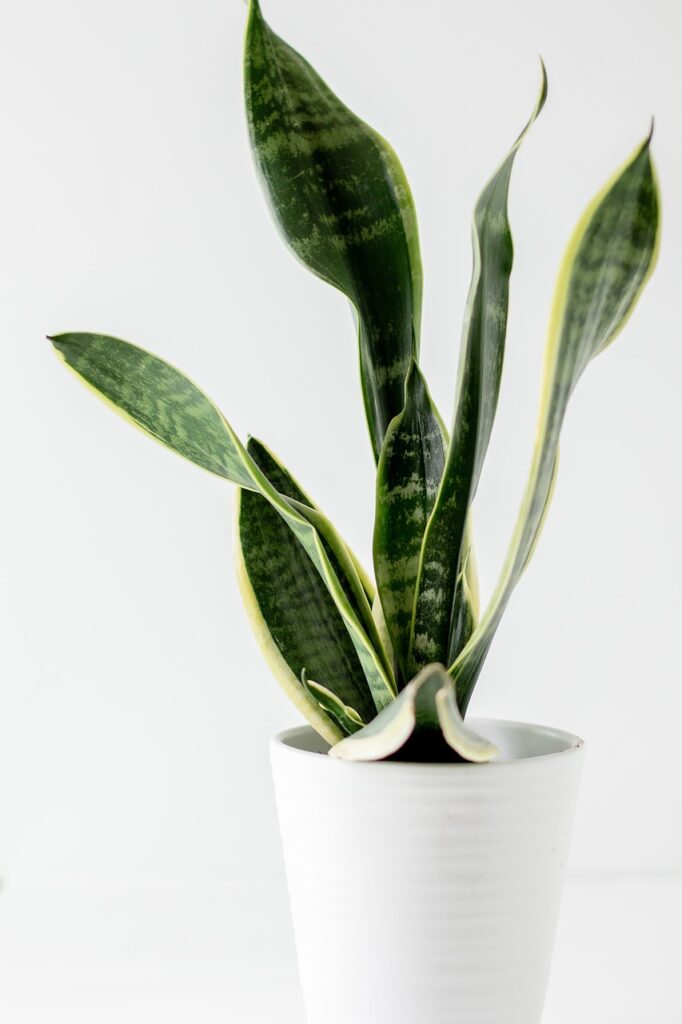
SNAKE PLANT
Scientific Name: Sansevieria trifasciata
Toxicity: Toxic to Dogs and Cats
Clinical Signs: Nausea, Vomiting, Diarrhea
PEACE LILY
Peace Lily’s are another easy to care for plant known for their elegant white flower surrounded by beautiful green leaves.

PEACE LILY
Scientific Name: Spathiphyllum
Toxicity: Toxic to Dogs and Cats
Clinical Signs: Oral Irritation, Intense Burning, and Irritation to Mouth, Tongue and Lips, Excessive Drooling, Vomiting, Difficulty Swallowing
Common Outdoor Toxic Plants
LILY OF THE VALLEY
This flower is actually my daughters flower for her birth month in May. They are characterized by small, bell shaped white flowers. These flowers are perennials and spread year after year.
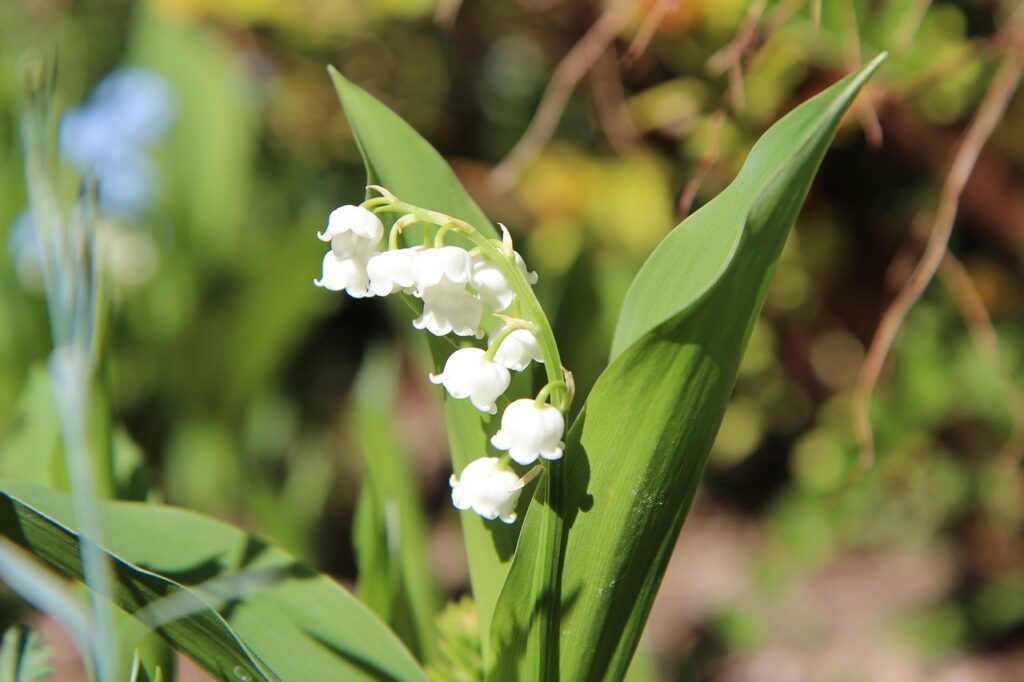
LILY OF THE VALLEY:
Scientific Name: Convallaria majalis
Toxicity: Toxic to Dogs and Cats
Clinical Signs: Vomiting, Irregualar Heart Beat, Low Blood Pressure, Disorientation, Coma, Seizures
HYDRANGEA
These colorful flowers grow off of larger bush structures and range in color on each individual plant.

HYDRANGEA
Scientific Name: Hydrangea arborescens
Toxicity: Toxic to Dogs and Cats
Clinical Signs: Vomiting, Depression, Diarrhea
AZALEA
This beautiful bloom often shows it vibrant and wide array of colors in the spring. Some varieties are seen in the fall as well.

AZALEA
Scientific Name: Rhododendron spp
Toxicity: Toxic to Dogs and Cats
Clinical Signs: Vomiting, Diarrhea, Weakness, Cardiac Failure
CHAMOMILE
This daisy looking flower is commonly seen in teas, used for its calming effects and as a sleep aid.

CHAMOMILE
Scientific Name: Anthemis nobilis
Toxicity: Toxic to Dogs and Cats
Clinical Signs: Contact Dermatitis, Vomiting, Diarrhea, Anorexia, Allergic Reactions, Long Term Can Cause Bleeding Tendencies
Creating a Pet Safe Gardening Plant Environment
There are a number of ways to create a pet safe environment when creating your botanical design. For my pet’s I do still have plants that are toxic to my pets but know the effects they may have. I use my environment to keep my pets safe so it is still possible to have plants that you do not want your furry family ingesting if you are diligent in keeping the environment safe in other ways. Here is a list of your different options to do so.
Identify Your Plants
Let us start with the basics, know your plants. This tactic can be considered if you already have a garden and are looking to introduce an animal into the environment you already have set up. There are apps you can use to identify your plants in your home or if you have the labels in your plants, of course, you can identify them that way. You can also label your plants on your own with these, which are my favorite labels. You can also consider the plants you are shopping for. Every plant at a nursery is labeled and taking a look at the label rather than just the beauty may be the right choice for you.
So, you’ve identified the plants you have or are needing to buy. How do you know if the plant is toxic? Well, there is a great website that the ASPCA has put together to help identify the plants that are toxic to your pets. Visit their site here.
Consider Your Environment
Everyone has a different environment and house, of course and it is important to consider your environment for for placing your plants in their perspective locations to keep pet safe gardening in mind. Certain plants need more light and others need less so also taking into account where your pets have access to is something to be considered. In my house, as I had stated, I have some plants that I keep my pets far away from.
My cat, Sterling, will eat whatever plant is put in front of him so I am diligent in keeping the toxic plants away. In my household, we use our bathrooms for plants that I do not want my pets around. We close the doors to our bathrooms so we know that the pets are not able to get to the plants. We also use our guest room for the same reason. The door is always shut until we have guests, so the plants are just moved for the time- being if we think that the visitor will leave the door to the room open.
In all honesty, I didn’t know that some of the plants I had were toxic to pets. We had also gotten my pets after we had gotten some of the plants. With all of my plants I had gotten after knowing what I know now, I consider the plants I am buying knowing that my cat will try to eat them and that I can just not have them in my house.
Outdoors you can put up things like chicken wire to deter your cats that go outdoors or your dogs from ingesting the toxic plants.
Remove the Toxic Plants
Yes, this is sometimes the sad truth. To keep your pets safe, sometimes it is necessary to just remove the toxic plants from your environment. You don’t necessarily need to kill the toxic plants, you can rehome them, but sometimes that is the only way to keep the area safe. Let’s face it, a rehomed $20 plant is a lot cheaper than an overnight veterinary bill.
Take it from me, we veterinary technicians do not get paid for your pet to come into the hospital. We would much prefer not see them, ever, in the hospital. We don’t want your money and we do not want to meet your pet at the hospital either.
Consult Your Veterinarian
If you believe your pet has ingested a toxic plant, it is best to consult your veterinarian about what to do and the effects it may have. The ASPCA actually also has a poison control hotline that charges a fee to determine the toxicity level of the ingested plant (or toxin). They are trained to give you and your vet exact recommendations of what to do in these circumstances.
Visit My Other Blogs

I Asked Chat GPT 5 Questions About Pet Safe Gardening And These Were the Results
PinFacebookTweet For the people who do not know me, hi, my name is…

Raised Garden Beds Vs In Ground Gardening: Building Your Perfect Garden Layout
PinFacebookTweet When starting a garden there is a lot to consider including what…
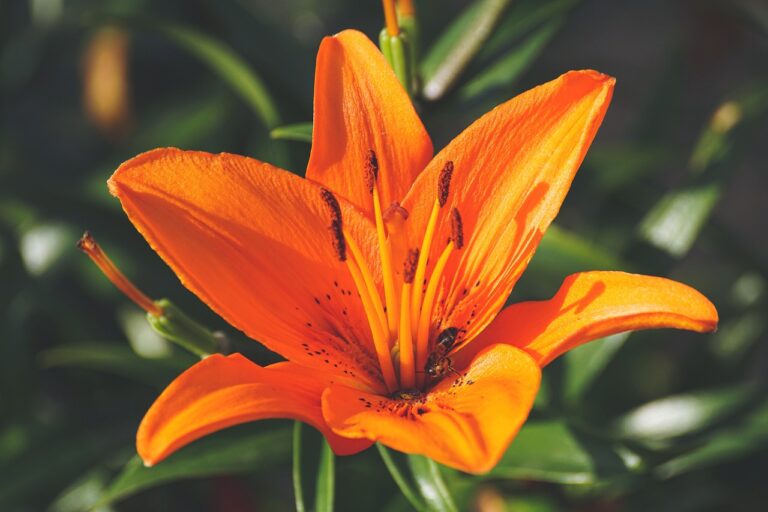
Why Create a Pet Safe Garden?
PinFacebookTweet Have you ever taken your pet to the emergency room or their…

8 Unusual Pet Friendly Crops to Grow That You Can Buy On Amazon
PinFacebookTweet Today, we’re diving into the curious realm of “strangest crops,” where we…
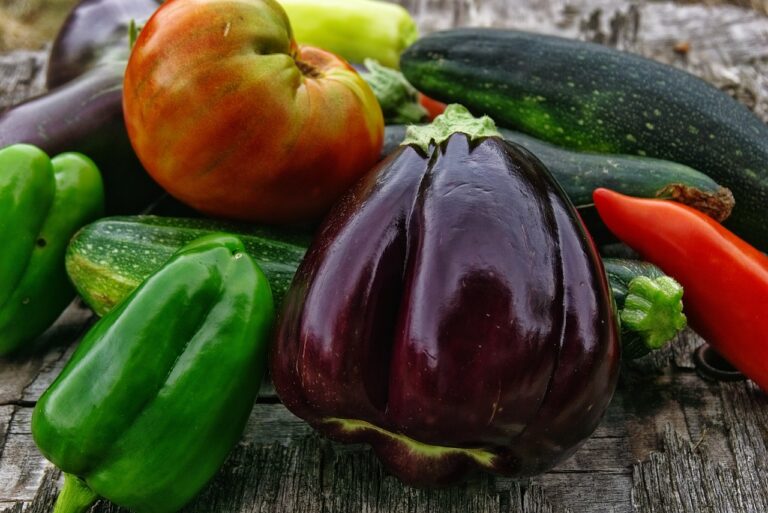
7 Strangest Vegetables for Your Pet Safe Fall Garden
PinFacebookTweet Fall gardening is underway and I have cultivated a list of the…

Pet Safe Planter Designs That Are Actually Really Cute!
PinFacebookTweet Have you ever had the problem that your pets (or other critters)…






